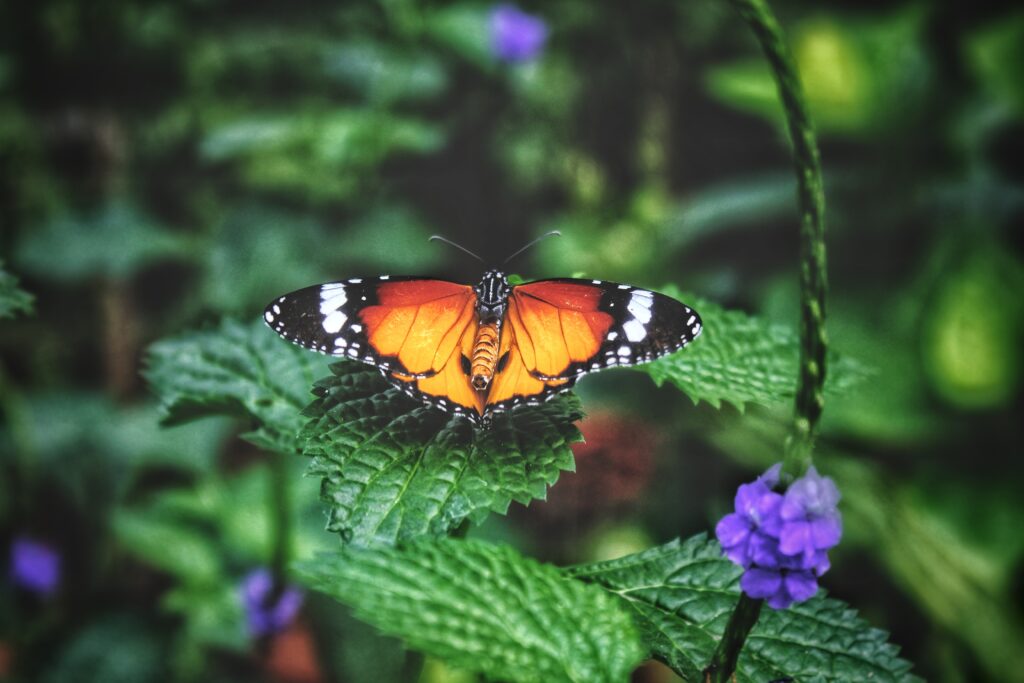The main threats to pollinators include
02
Pesticide use
Pesticides, particularly neonicotinoids, can be harmful to pollinators. These chemicals can weaken or kill bees and other pollinators, and can also reduce the nutritional value of the plants they feed on.
03
Disease
Pollinators can also be affected by diseases. For example, honeybees are susceptible to diseases such as colony collapse disorder, which is caused by a combination of factors such as pesticides, pathogens, and habitat loss.
01
Habitat loss
Habitat loss is a major threat to pollinators. As natural habitats such as meadows, woodlands, and wetlands are destroyed or fragmented, pollinators lose the food and nesting sites they need to survive. This can lead to a decline in pollinator populations.
04
Climate change
Climate change can also affect pollinators. Changes in temperature and precipitation patterns can alter the timing of plant blooms and affect the availability of food and nesting sites for pollinators. Additionally, climate change can also enable the spread of diseases and pests that can harm pollinators.

1. Reduced food production:
Pollinators are essential for the production of many fruits, vegetables, and nuts. A decline in pollinator populations can lead to reduced crop yields and a decline in the availability of food.

2. Loss of biodiversity:
Pollinators play a crucial role in maintaining biodiversity by pollinating plants that provide habitat A decline in pollinator populations can lead to a decline in biodiversity, which can have cascading effects on the ecosystem.

3. Ecological imbalance:
Pollinators play a key role in maintaining the balance of ecosystems by pollinating plants that are important for other species. A decline in pollinator populations can lead to an ecological imbalance, which can have negative consequences for other species and the ecosystem as a whole.

4. Economic impacts:
Pollinators are also important for the economy, they provide pollination services that are essential for the production of many crops and other products. A decline in pollinator populations can have significant economic consequences, such as reduced crop yields and increased costs for farmers.

- Creating corridors of wildflowers, shrubs and trees can also help to protect pollinators by providing a continuous habitat for them to move through.
- Monitoring pollinator populations through citizen science programs can also help to understand their status, trends, and conservation needs.
- Reducing light pollution by turning off unnecessary lights at night can also help to protect pollinators, as many species are attracted to artificial lights and can become disoriented and die.
- Educate, conserve, eliminate pesticides, create pollinator-friendly gardens, and promote sustainable farming for a healthier environment.
 Docs
Docs  Support
Support 

